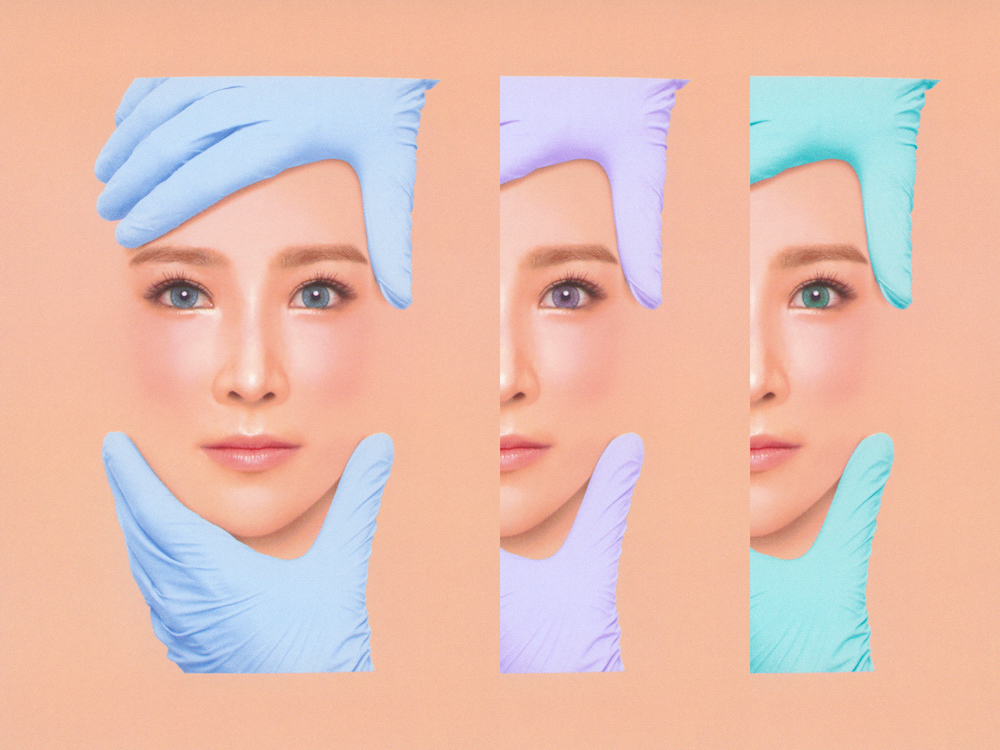In South Korea, 20 percent of women have had cosmetic work done, the International Society of Aesthetic Plastic Surgeons reports. That’s an eyebrow-raising number. Particularly because, despite all our plastic surgery TV shows (Nip/ Tuck, Botched, Dr. 90210) and Kylie Jenner lip challenges, only five percent of American women have undergone cosmetic work. In fact, South Korea has unofficially earned the moniker “Plastic Surgery Capital of the World,” it being commonplace there for girls to receive nose jobs as high school graduation gifts.
New York-based visual artist Eui-Jip Hwang is tackling his birth country’s omnipresent beauty industry in his series Live Your Dream. He hopes to critique the emphasis on appearance in South Korea (where many employers require job applicants to submit a photo of themselves with their resume) with his series of utopian, surrealist images — using graphic design, found ads, and before-and-after images to highlight the sterilized perfection the plastic surgery industry is selling the country.
“As an artist, I investigate the influence of images on our society,” the recent School of Visual Arts graduate explains. And South Korea’s beauty industry sure has had a profound influence. So much so that it has managed to bring men into the market and create a sizeable demand for men’s makeup, selling whitening creams specifically targeted for them. “Although the beauty market for men in Korea was implemented only few years ago, and was not in demand, the corporations penetrated their minds through consistent advertising,” Hwang explains. “Now, Korea even hires male celebrities to advertise female products, inspiring each other and blurring gender norms in beauty.” Hwang’s collages investigate everything from the Western-influenced ideal of “peach”-colored skin to modified eye color and the $5 trillion dollars South Koreans spend on cosmetic surgeries every year in the hopes of obtaining happiness.

What is the meaning behind the title Live Your Dream?
The title is derived from the motto of a plastic surgery clinic in South Korea. It illustrates the perception of South Korean society that your appearance can have a favorable effect on your social status. In South Korea, corporations require your photo to be attached to your resume, because it is judged as one of your skills — the ability to be “good-looking.” The country is collectively [trying] to be beautiful and young through plastic surgeries and beauty routines. People take pride in it.
What statement did you want to make about Korean beauty ideals with this series?
South Korea’s beauty obsession is a byproduct of Eurocentric beauty standards. However, the country fails to understand the influence because the Western ideals have been repackaged to fit more naturally to the faces of South Koreans. [The Western ideal] is now the standard of Korean beauty, and not trying to look white. However, this change definitely comes from how Korean society gazes at and stereotypes Caucasians — pale skins, big eyes, perky noses, lighter eyes and hair color, and smaller heart-shaped faces. A kid growing up in Korea will admire K-pop celebrities and be influenced to be more like them — the Koreans — who put on pale makeup, colored contacts, etc. The government invests in the spread of K-pop to global audiences and, as a consequence, encourages its people to take part in the redefined portrayals of Koreans.
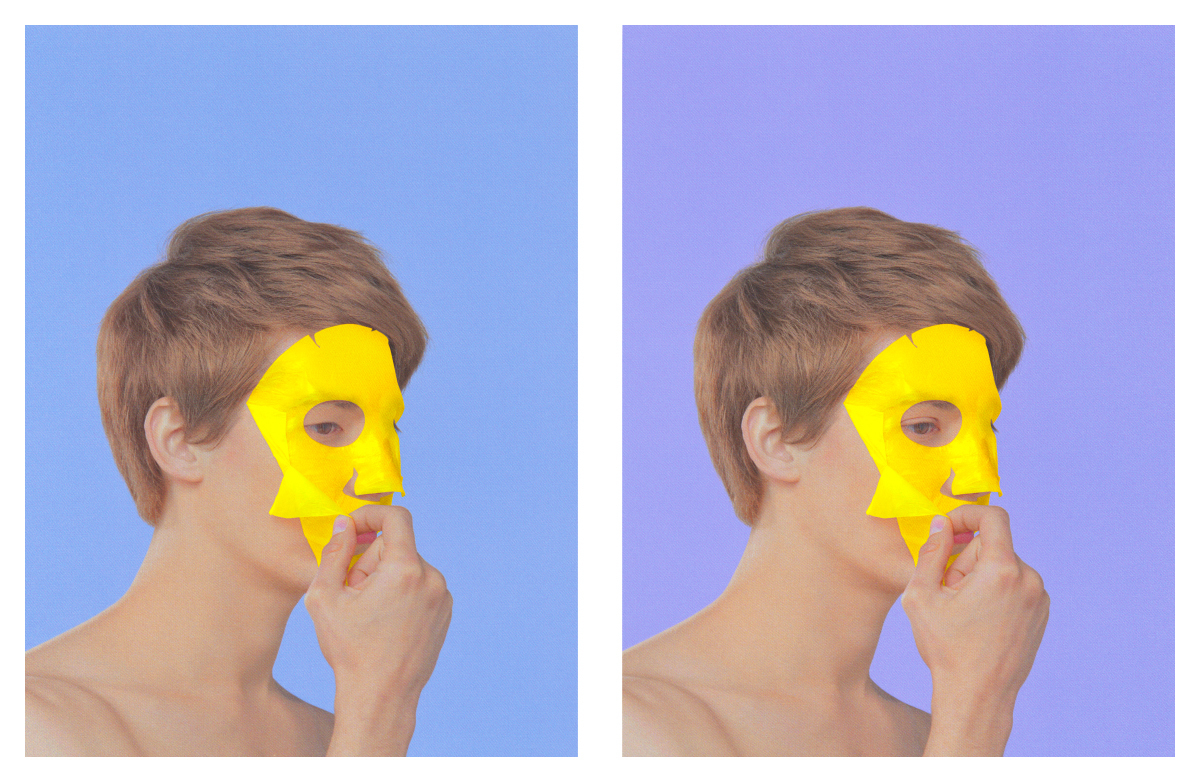
How exactly has Western influence changed Korean beauty ideals?
Historically, even before the Western influence, Korean women did prefer fair skin because it was related to socioeconomic status. Darker skin was an indication of being poor, laboring in open fields under the sun. However, Korea now carries whitening creams specifically targeted at men. The desire is now modernized, influenced by what people see in today’s advertising, which Caucasian models frequently appear in, as well as Korean celebrities who lean towards Eurocentric ideals of beauty.
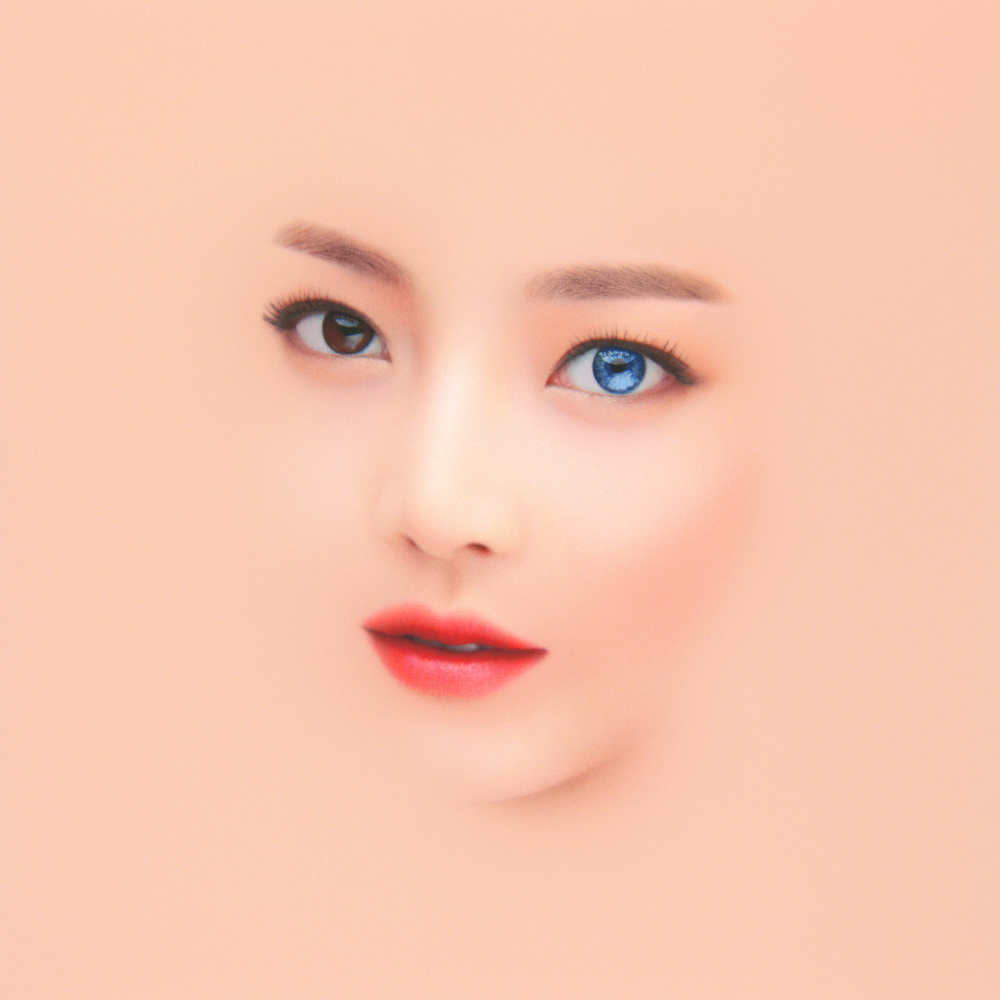
What role does the color peach play in this series?
In order to create a modern representation of Koreans, I use shades of peach to depict Korean skins. It is a color created by blending the yellow undertones of Korean skin and the pink undertones of Caucasian skin. The “peach” metaphor replaces the “yellow,” which had been used to compare Asian skin to Caucasian skin. Korea’s beauty industry now has the power to reshape and modify East Asian beauty ideals.
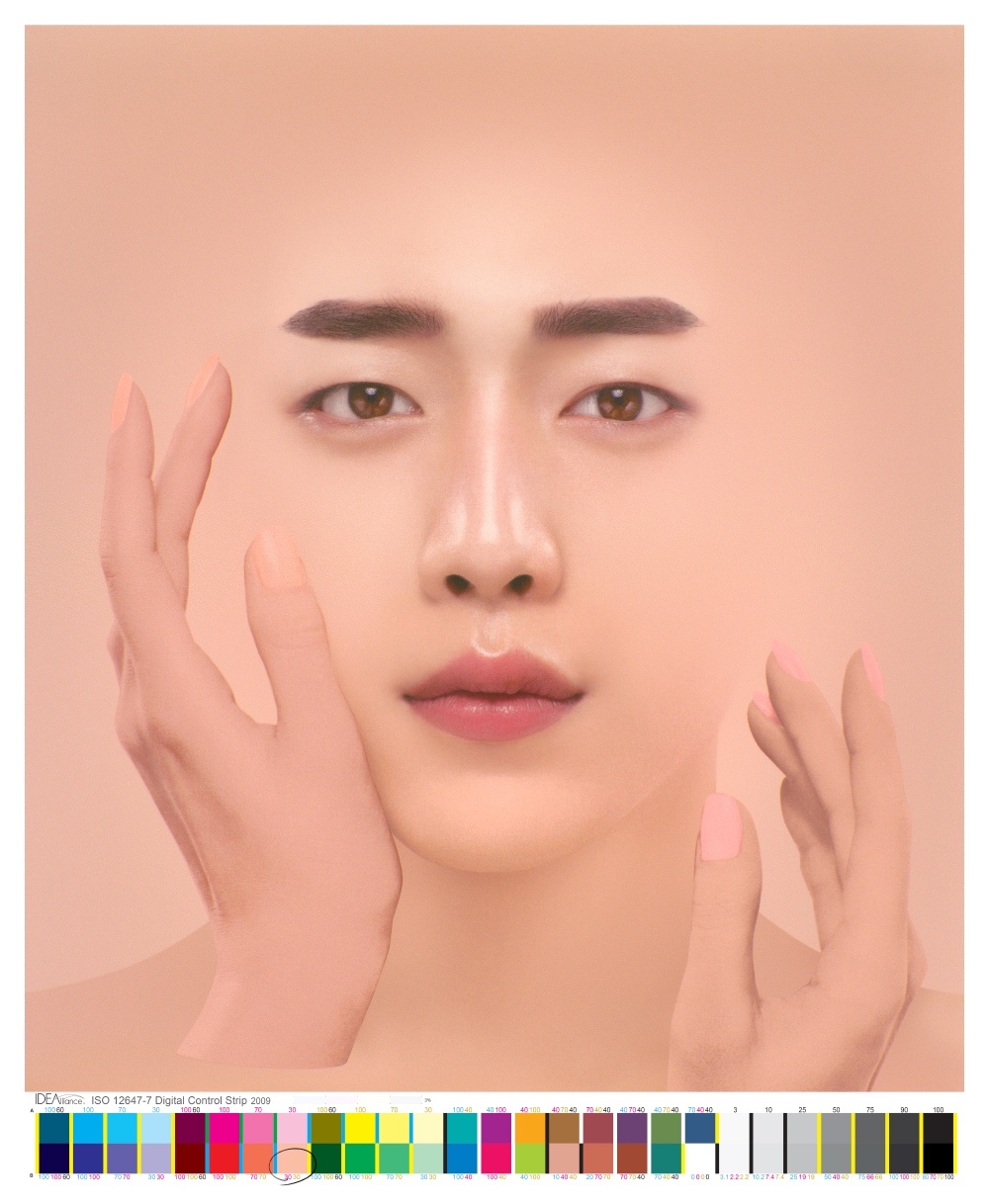
How did you come across the objects, advertisements, and models you used?I collect and appropriate imagery that depicts modern Koreanness. These images include archives of face samples from plastic surgeons’ portfolios and different types of beauty advertisements I research. My work does follow the seductive nature of commercial photography, which is partly why I hope to not display the work in South Korea. I have to be responsible for where it is shown, as I have no intention for my works to be used as plastic surgery samples. But I would love to see my work on billboards [outside of Korea].
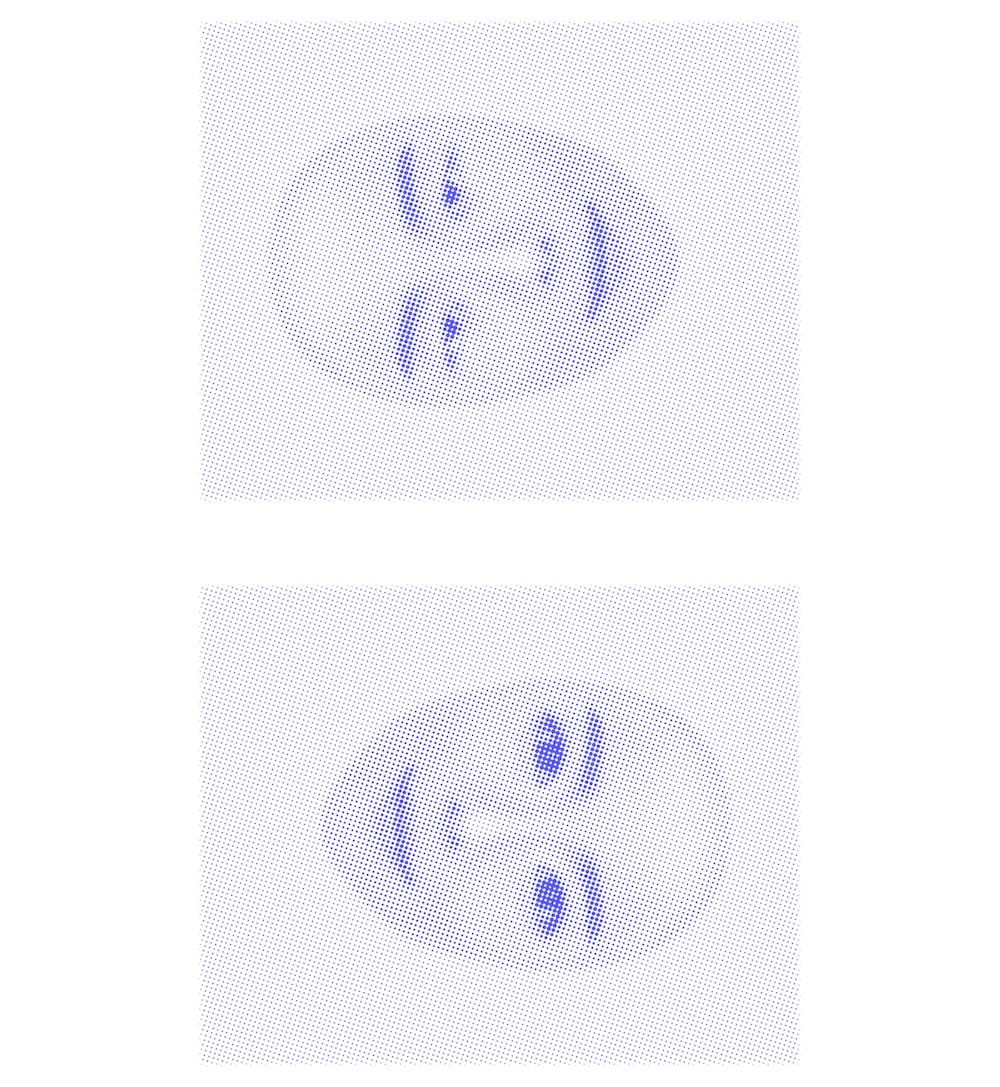
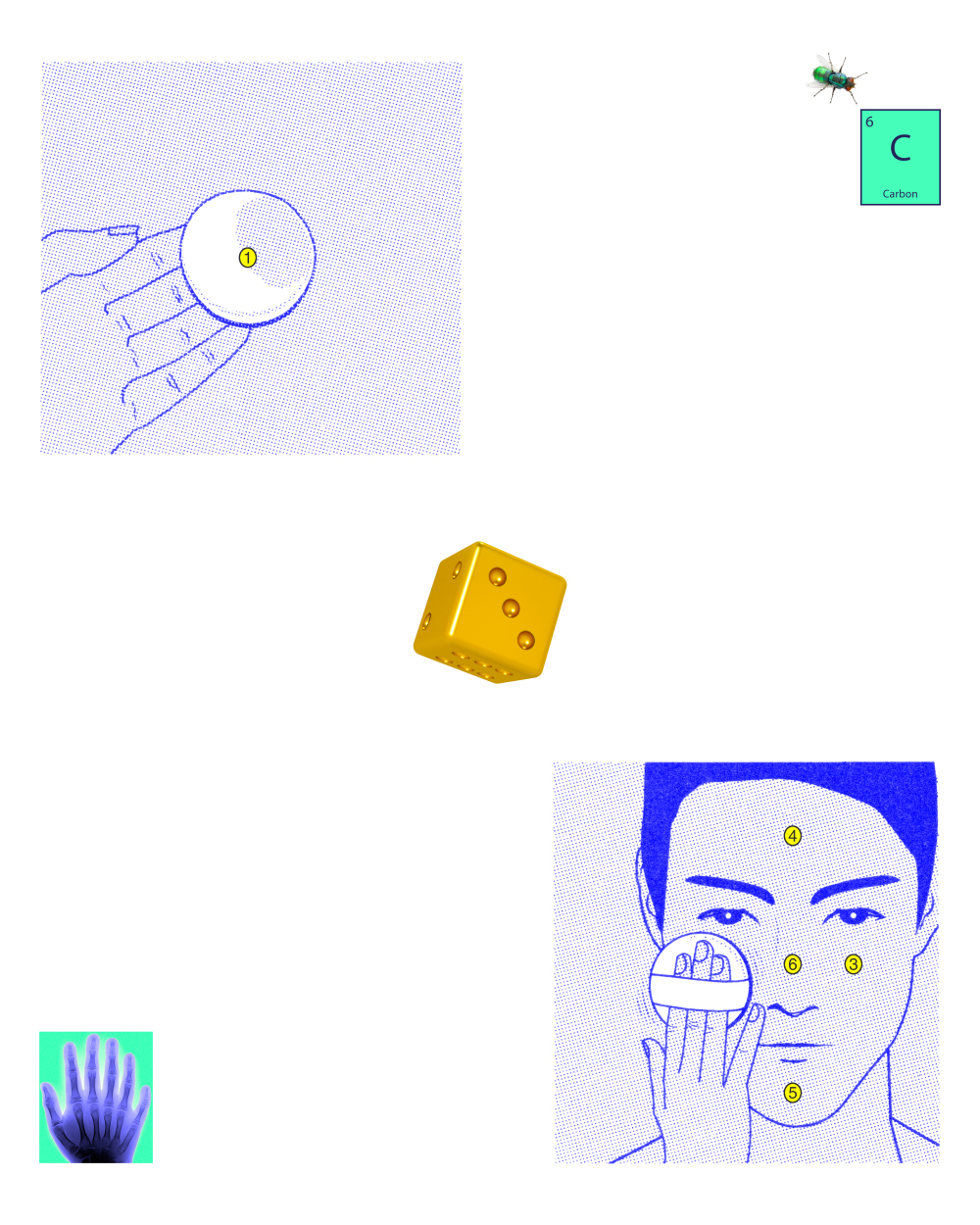
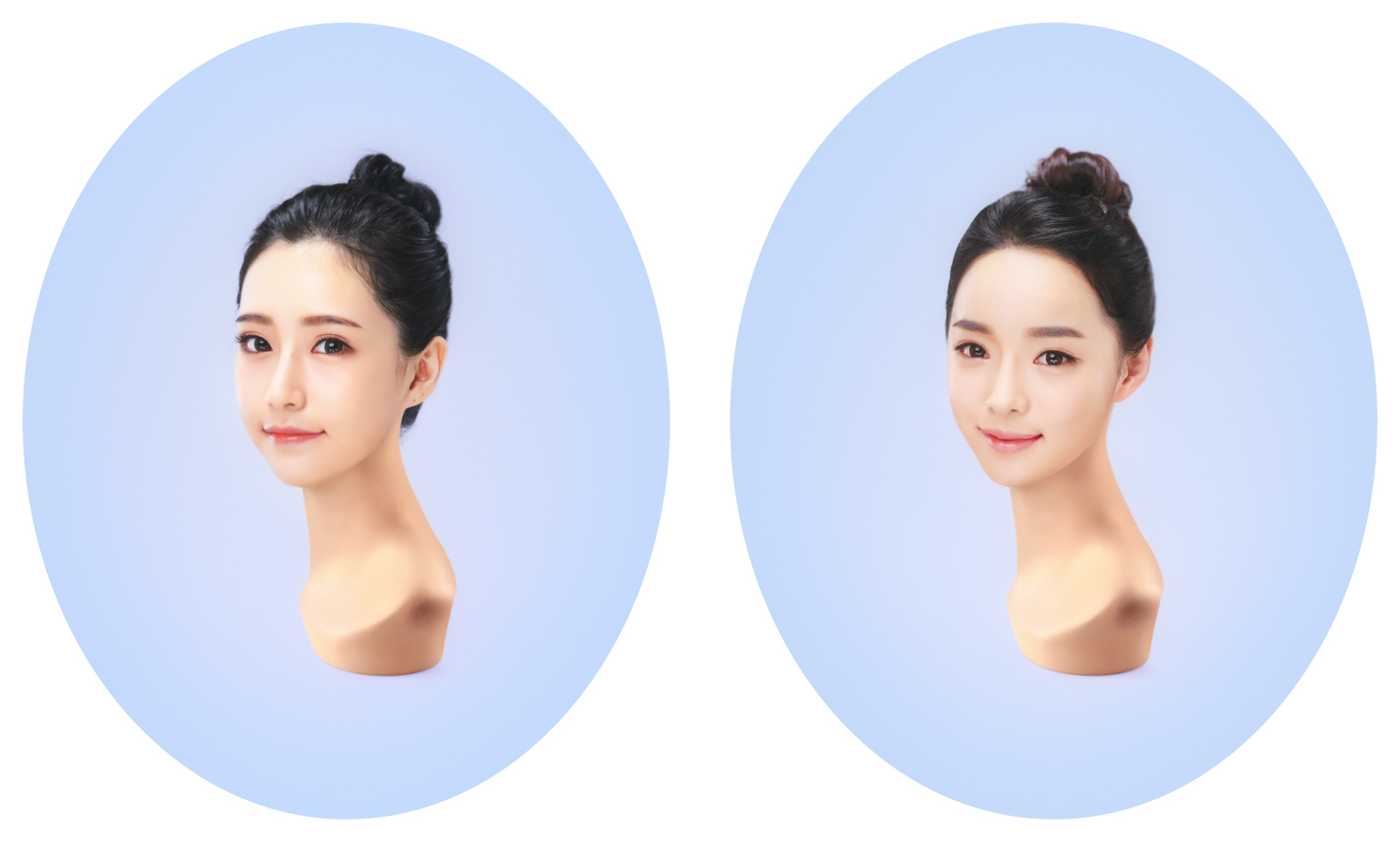
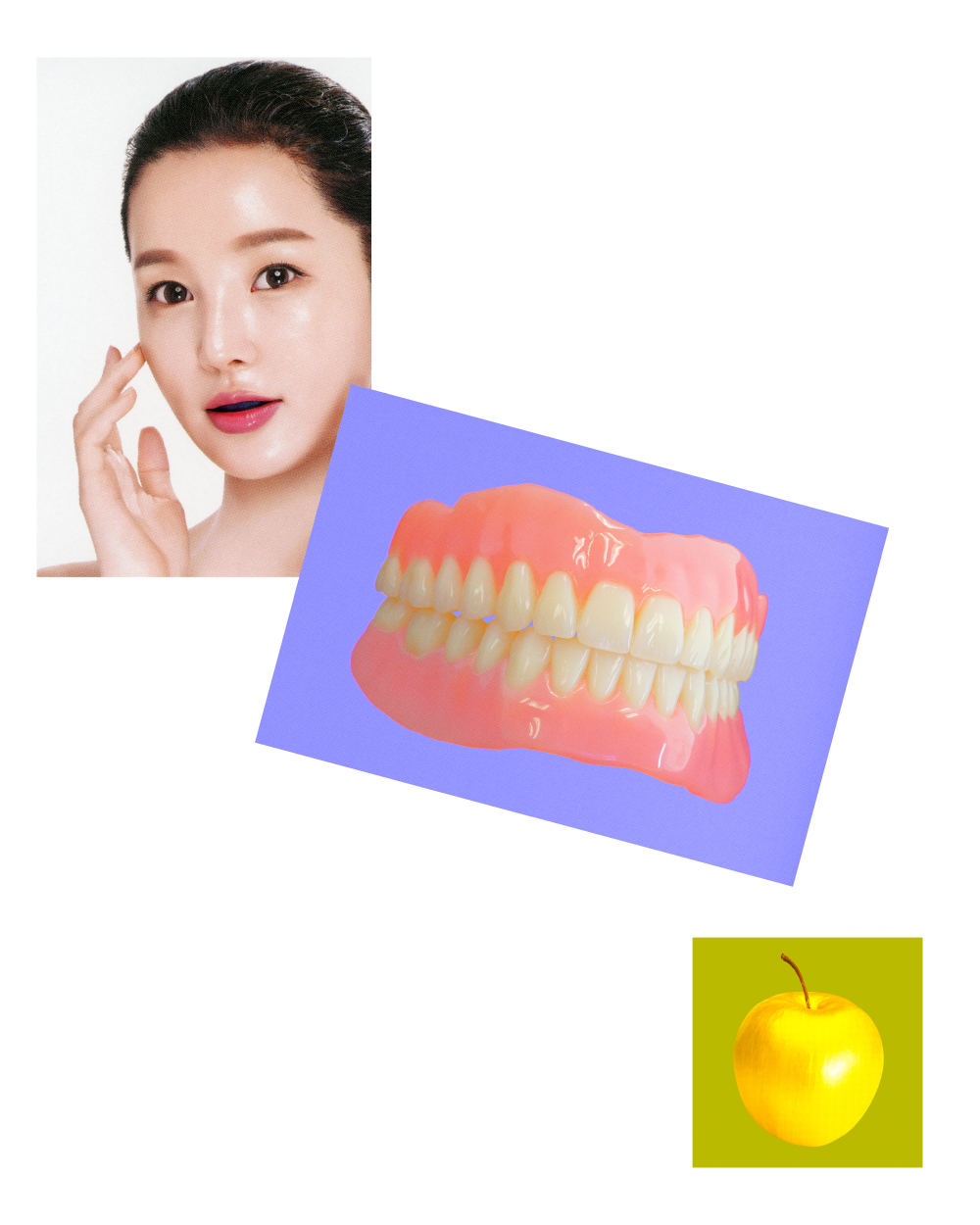
Credits
Text André-Naquian Wheeler
Photography Eui-Jip Hwang
